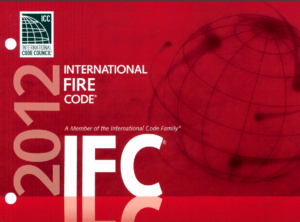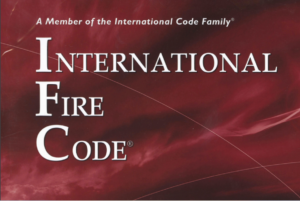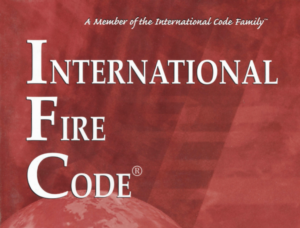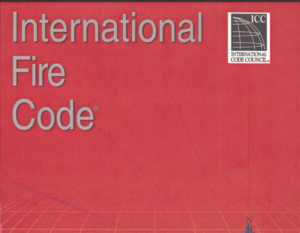The 2000 edition of NFPA 1976 sets standards for protective ensembles used in proximity fire fighting, which is distinct from other types of fire fighting due to the intense heat exposures involved. This standard provides guidelines for the design, performance, and certification of fire fighting gear including coats, trousers, helmets, gloves, and footwear, ensuring that all components work together to protect firefighters from high levels of radiant, convective, and conductive heat.
Initiated by the Technical Committee on Specialized Fire-Fighting Applications Protective Clothing and Equipment, this standard was first developed to address the need for specialized protective clothing for fire-fighting operations that involve extreme heat conditions, such as aircraft rescues and fires involving flammable liquids and gases. Since its inception, the standard has evolved to encompass a full protective ensemble rather than individual items, enhancing the overall safety and effectiveness of the gear used during these high-risk operations.
The standard outlines requirements for the materials and construction of each component of the ensemble to ensure that they offer maximum protection and durability. It includes rigorous testing methods to verify that the gear can withstand the specific conditions encountered in proximity fire fighting. By providing a comprehensive framework for evaluating and certifying proximity fire fighting gear, NFPA 1976 aims to ensure that firefighters are adequately protected in scenarios that expose them to intense heat and fire hazards.






